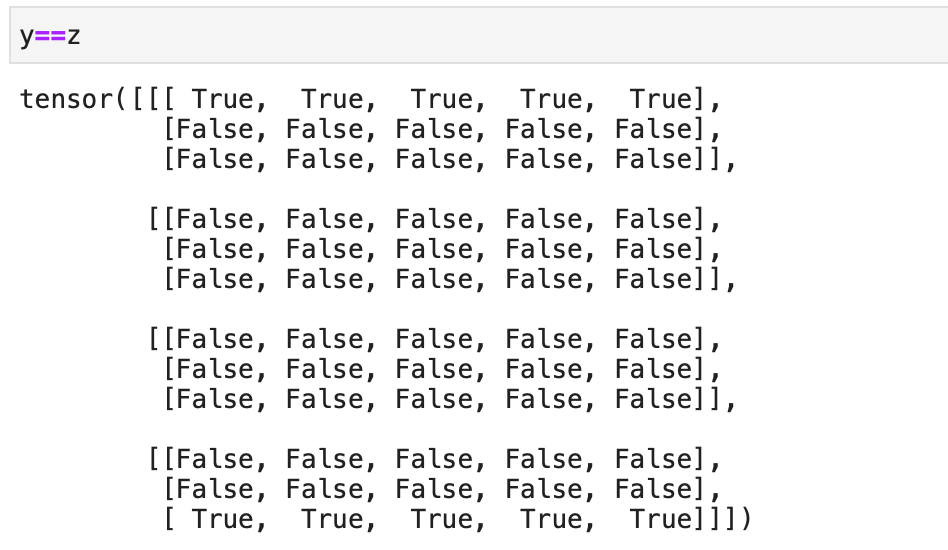Hello,
I am always confused about the permute operation on tensors whose dim are greater than 2.
When in 2D dimension, the permute operation is easy to understand, it is just a transpose of a matrix.
But when it comes to higher dimension, I find it really hard to think.
Personally, I will consider 2D tensor as matrix, 3D tensor as a list of matrix, 4D tensor as a list of cubic.
In practice, I know that permute operation is used to change the dimension. For example in NLP, we can use example_tensor.permute(1,0,2) to change from (batch_size,seq_len,hid_dim) to (seq_len,batch_size,hid_dim). But how does this happen? Why the float number in a tensor just miraculously become the shape we want it to be?
Is there any mental model to figure this out? Thanks very much !
Actually this confusion comes from this code snippet:
import torch
x = torch.arange(3*4*5).reshape(3,4,5)
y = x.reshape(4,3,5)
z = x.permute(1,0,2)
And it turns out that y is not equal to z.
I know maybe I can take 3D as a list of matrix to figure out why y is not equal to z. But I want to know if there is more general way to this kind of problem. Or how do you guys think about high dimensional tensor?
